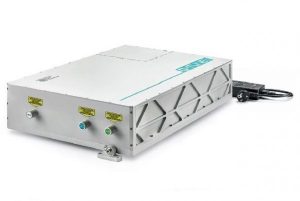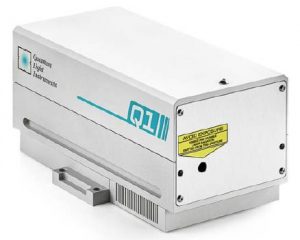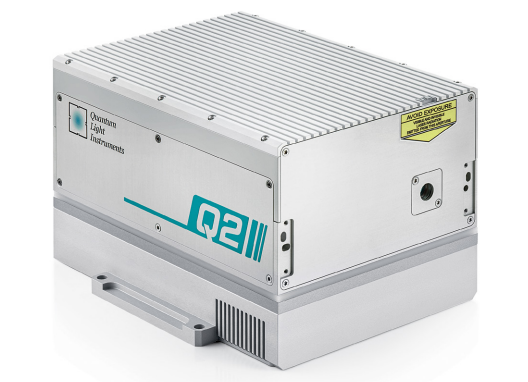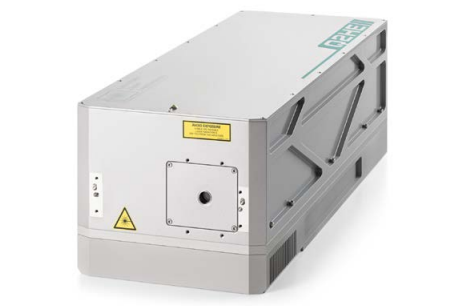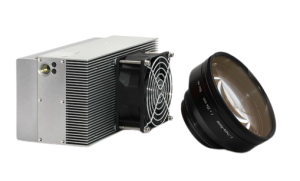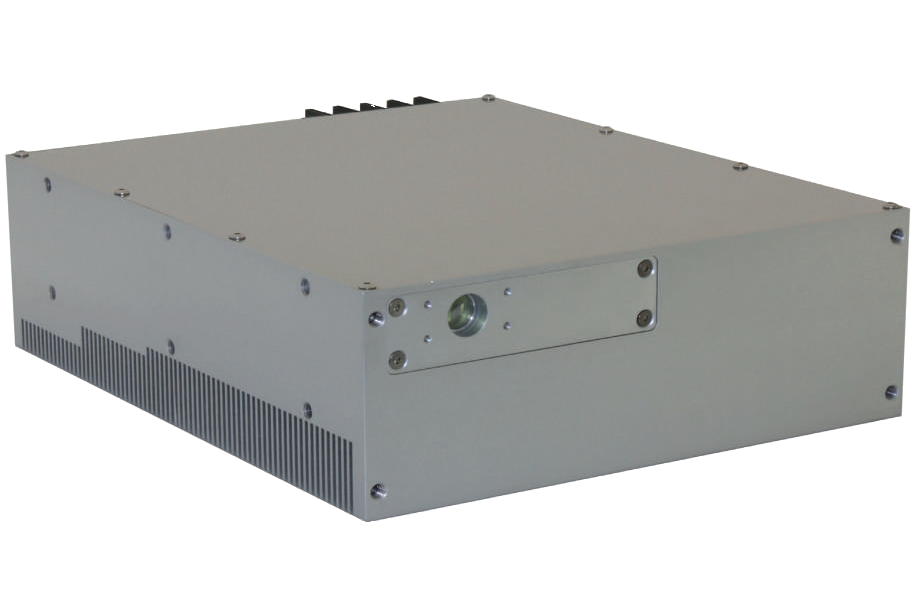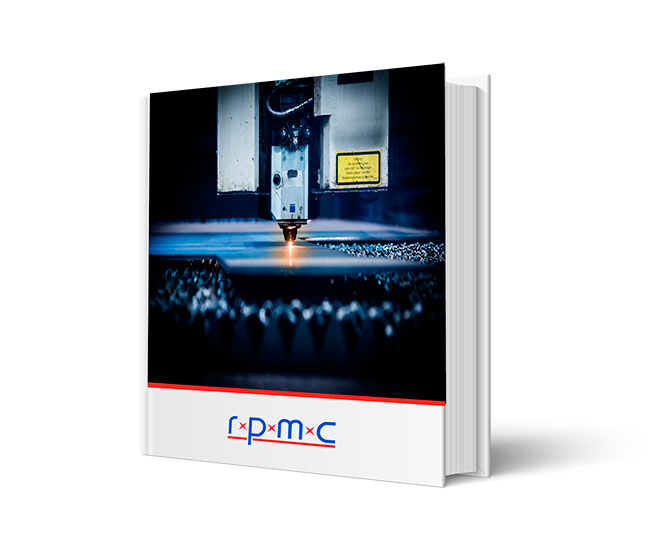Hz Range Lasers
Unlike continuous-wave lasers, the output of low rep rate Hz range pulsed lasers cannot be specified by their output power alone. This is because the output power of a pulsed laser is determined by three different parameters the laser’s pulse width, pulse energy, and pulse repetition rate.
On this page, we have a collection of low rep rate lasers (1-999Hz) offered by RPMC. Many of these lasers are available from single shot to 10’s of Hz rep rate.
There are many options available on these lasers. If you need help selecting the best laser for your application or defining the specifications needed for a specific application, contact one or our product specialist:

 BUY NOW
BUY NOW 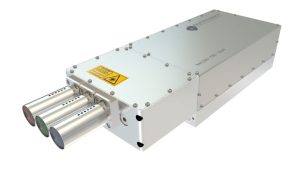
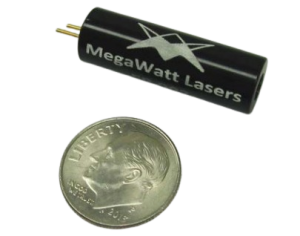

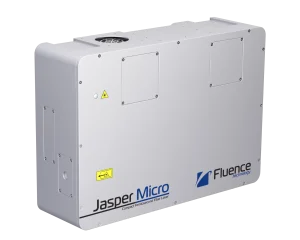
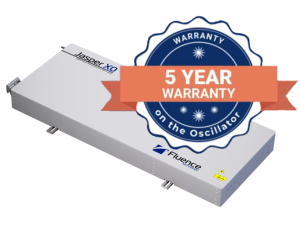
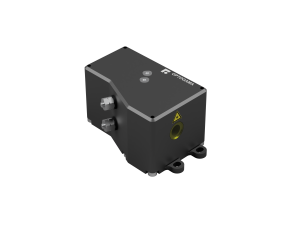
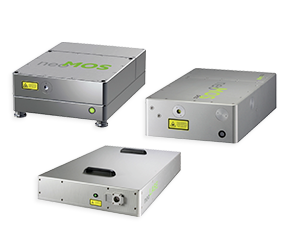

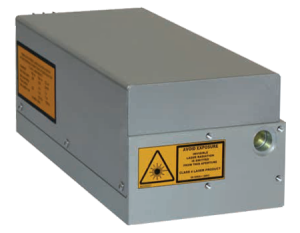
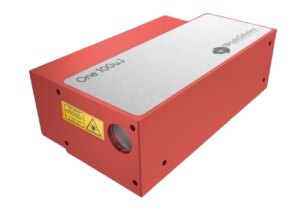
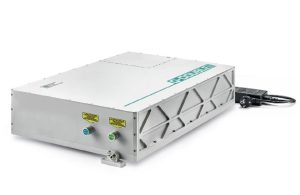
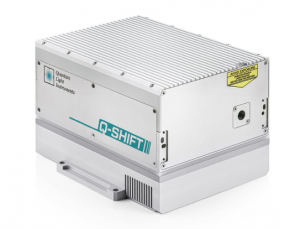
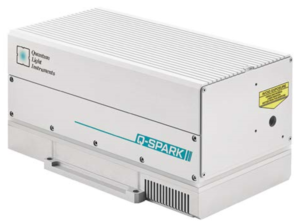

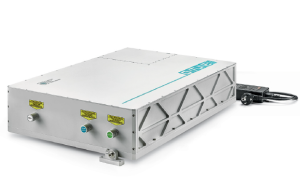

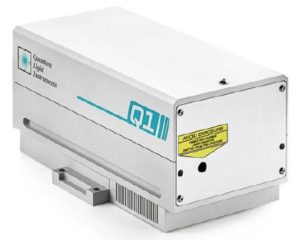
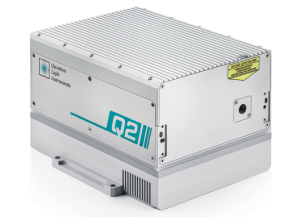
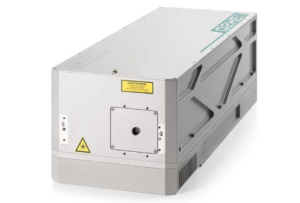
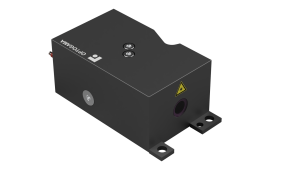
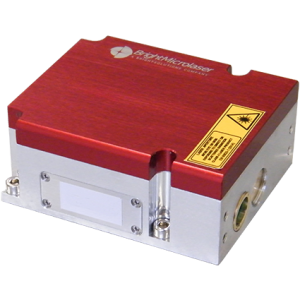
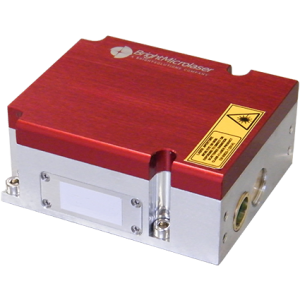

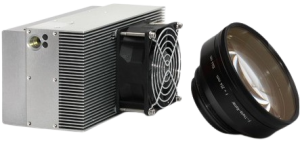
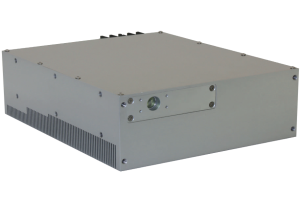
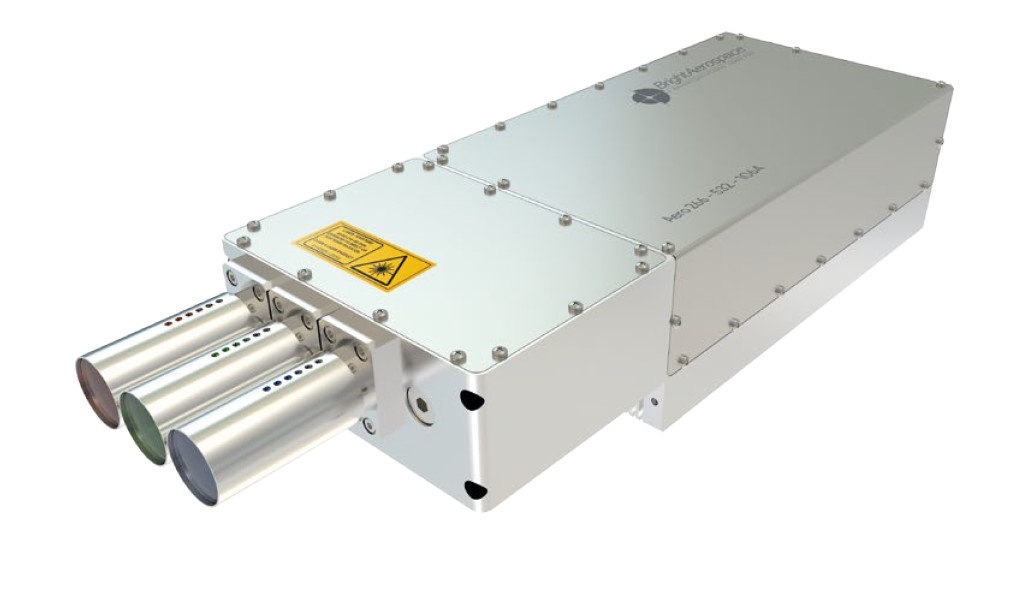 The Aero Series is a high-energy, nanosecond pulsed DPSS laser, available at 266, 355, 532, and 1064nm, with up to 10W output power at 1064 (up to 200 mJ with water-cooling). This series provides unparalleled precision and accuracy in even the most challenging environments, ideal for LIBS, spectroscopy, and atmospheric LIDAR applications. All models come enclosed in an air-cooled, extremely compact and ruggedized, thermo-mechanically stable, low SWaP single unit platform, with options for air- or water-cooling, a range of add-ons, and even complete customization to fit your exact needs. Upon request, customized models undergo severe vibration and qualification tests for operation in space.
The Aero Series is a high-energy, nanosecond pulsed DPSS laser, available at 266, 355, 532, and 1064nm, with up to 10W output power at 1064 (up to 200 mJ with water-cooling). This series provides unparalleled precision and accuracy in even the most challenging environments, ideal for LIBS, spectroscopy, and atmospheric LIDAR applications. All models come enclosed in an air-cooled, extremely compact and ruggedized, thermo-mechanically stable, low SWaP single unit platform, with options for air- or water-cooling, a range of add-ons, and even complete customization to fit your exact needs. Upon request, customized models undergo severe vibration and qualification tests for operation in space.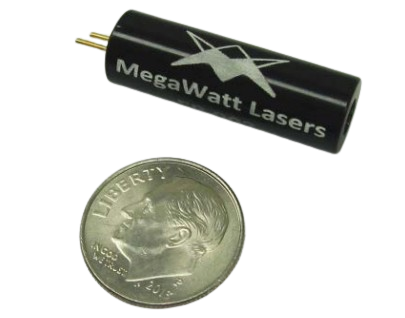 The ER Series offers an ultra-compact, ultra-low SWaP, and efficient solution for those seeking high-quality diode-pumped lasers for lightweight, handheld, and portable laser range finding applications. These lasers operate at an “eye-safe” wavelength of 1.5 µm and deliver high pulse energy up to 200 µJ with a 4 ns pulse width and repetition rates from single-shot up to 10Hz with optional burst mode. The ER Series is designed with a focus on high pulse energy, short pulse width, efficient operation, and long lifetime reliability with a 10M shot lifetime rating.
The ER Series offers an ultra-compact, ultra-low SWaP, and efficient solution for those seeking high-quality diode-pumped lasers for lightweight, handheld, and portable laser range finding applications. These lasers operate at an “eye-safe” wavelength of 1.5 µm and deliver high pulse energy up to 200 µJ with a 4 ns pulse width and repetition rates from single-shot up to 10Hz with optional burst mode. The ER Series is designed with a focus on high pulse energy, short pulse width, efficient operation, and long lifetime reliability with a 10M shot lifetime rating.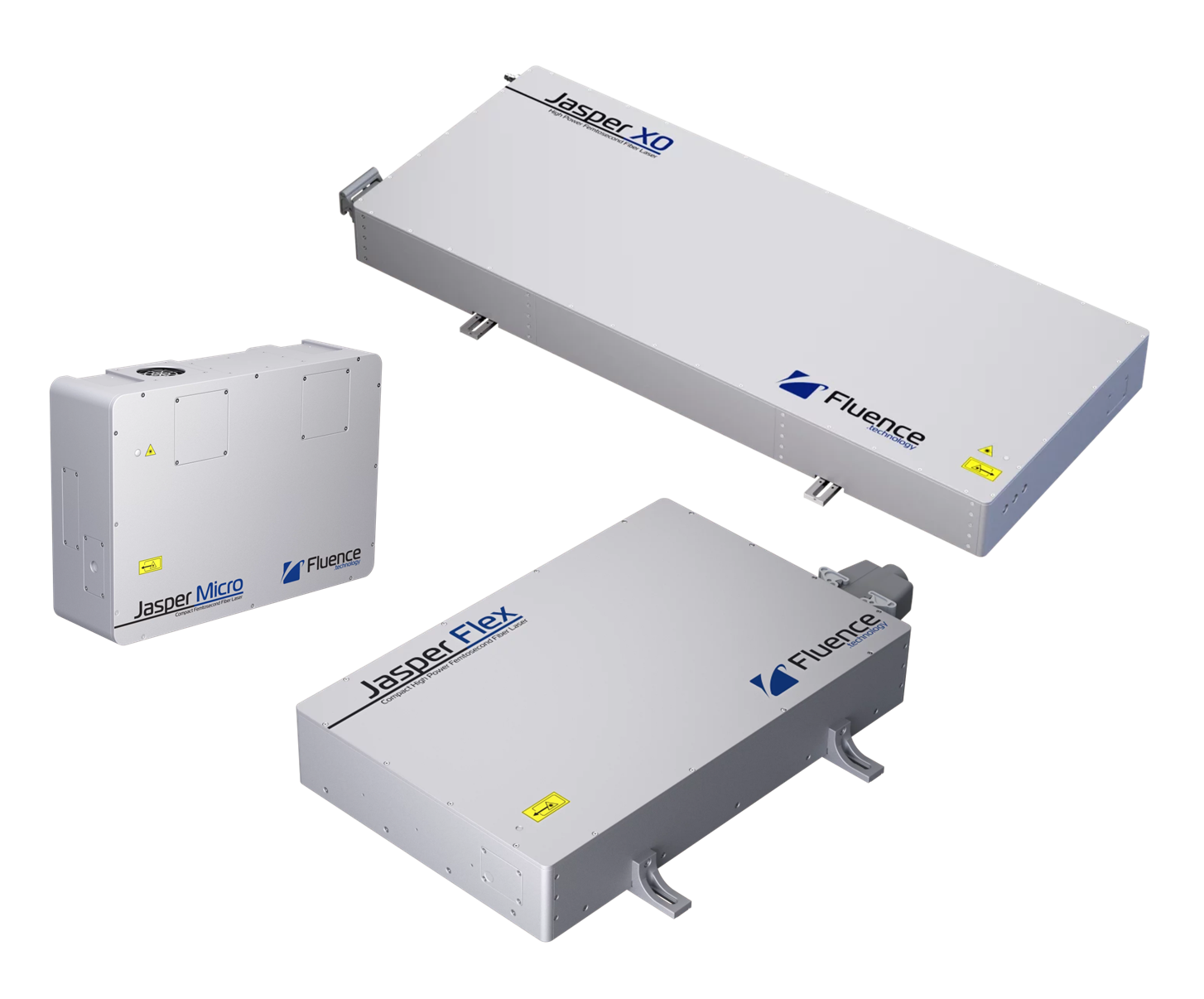 The Jasper series is a diverse set of high-performance femtosecond fiber lasers providing different solutions based on a standard technology. The series includes the high-power Jasper X0 (200 µJ pulse energy / 60 W average power), the compact Jasper Micro (5 µJ pulse energy / 7 W average power) in a space-saving design, and the Jasper Flex for microprocessing (30 µJ pulse energy). Each model provides a fast warm-up time, long-term stability, and hands-free operation. Whether you need high power, compactness, or specific processing capabilities, the Jasper series has a solution.
The Jasper series is a diverse set of high-performance femtosecond fiber lasers providing different solutions based on a standard technology. The series includes the high-power Jasper X0 (200 µJ pulse energy / 60 W average power), the compact Jasper Micro (5 µJ pulse energy / 7 W average power) in a space-saving design, and the Jasper Flex for microprocessing (30 µJ pulse energy). Each model provides a fast warm-up time, long-term stability, and hands-free operation. Whether you need high power, compactness, or specific processing capabilities, the Jasper series has a solution.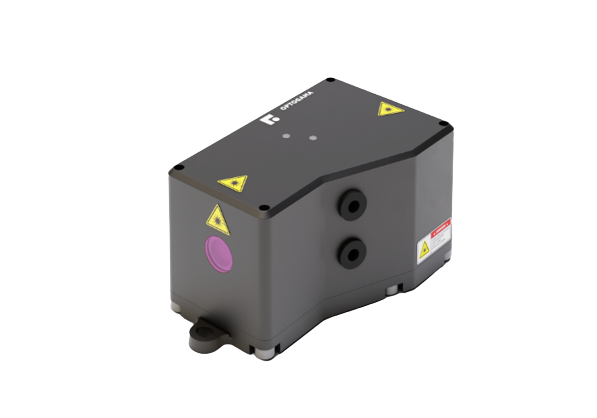 The KAUKAS series is a compact, low-SWaP line of 1.54µm “eye-safe” Er:glass lasers. These nanosecond pulsed lasers feature a compact design that makes them suitable for integration into handheld, portable devices. The lasers deliver high pulse energy, repetition rates up to 5Hz, less than 3% energy stability, and a high-quality TEM00 beam. With configurable and customizable options, these features make the KAUKAS series a versatile choice for various applications such as LIDAR & laser ranging, LIBS, metrology, and instrumentation.
The KAUKAS series is a compact, low-SWaP line of 1.54µm “eye-safe” Er:glass lasers. These nanosecond pulsed lasers feature a compact design that makes them suitable for integration into handheld, portable devices. The lasers deliver high pulse energy, repetition rates up to 5Hz, less than 3% energy stability, and a high-quality TEM00 beam. With configurable and customizable options, these features make the KAUKAS series a versatile choice for various applications such as LIDAR & laser ranging, LIBS, metrology, and instrumentation.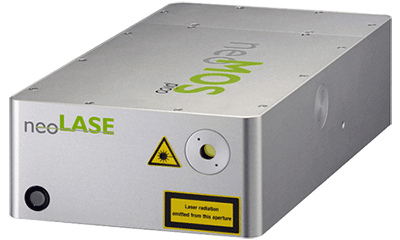 The neoMOS ultrashort pulse laser series is a reliable, low-maintenance system designed for 24/7 industrial use. The ultra-compact laser head has the smallest footprint available and can be customized for a range of laser parameters, allowing easy integration and flexibility with various demanding processing applications, including glasses and plastics. It offers pulse widths from 700fs to 70ps, repetition rates from single-shot to 80MHz, up to 500µJ pulse energy, average output powers up to 100W, multi-megawatt peak powers, and perfect TEM00 beam quality @ 1064nm.
The neoMOS ultrashort pulse laser series is a reliable, low-maintenance system designed for 24/7 industrial use. The ultra-compact laser head has the smallest footprint available and can be customized for a range of laser parameters, allowing easy integration and flexibility with various demanding processing applications, including glasses and plastics. It offers pulse widths from 700fs to 70ps, repetition rates from single-shot to 80MHz, up to 500µJ pulse energy, average output powers up to 100W, multi-megawatt peak powers, and perfect TEM00 beam quality @ 1064nm.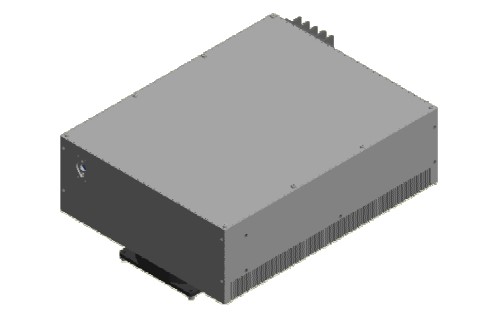

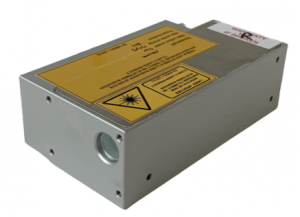
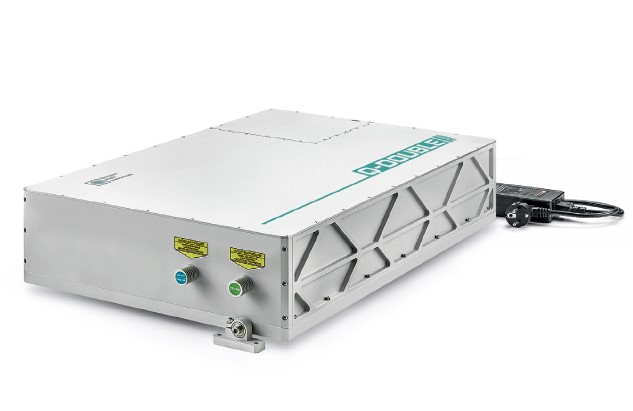 The Q-DOUBLE series is a DPSS, air-cooled, q-switched laser at 1064 or 1053 nm, designed to produce two pulses with variable temporal separation for PIV, LIBS, and other applications. The Q-DOUBLE can be configured for up to 160 mJ pulse energy @ 10 Hz or up to 40 mJ @ 100 Hz. The innovative laser design integrates all electronics (except power adapter) into the housing, resulting in a compact, user-friendly, turnkey, and air-cooled (water-free) system requiring little maintenance. User-friendly web-based GUI allows remote monitoring, control, and support from any computer or even a smartphone. Optional add-ons include built-in 2nd, 3rd, or 4th harmonic generator, built-in attenuator, energy monitor, and optional short cavity version.
The Q-DOUBLE series is a DPSS, air-cooled, q-switched laser at 1064 or 1053 nm, designed to produce two pulses with variable temporal separation for PIV, LIBS, and other applications. The Q-DOUBLE can be configured for up to 160 mJ pulse energy @ 10 Hz or up to 40 mJ @ 100 Hz. The innovative laser design integrates all electronics (except power adapter) into the housing, resulting in a compact, user-friendly, turnkey, and air-cooled (water-free) system requiring little maintenance. User-friendly web-based GUI allows remote monitoring, control, and support from any computer or even a smartphone. Optional add-ons include built-in 2nd, 3rd, or 4th harmonic generator, built-in attenuator, energy monitor, and optional short cavity version.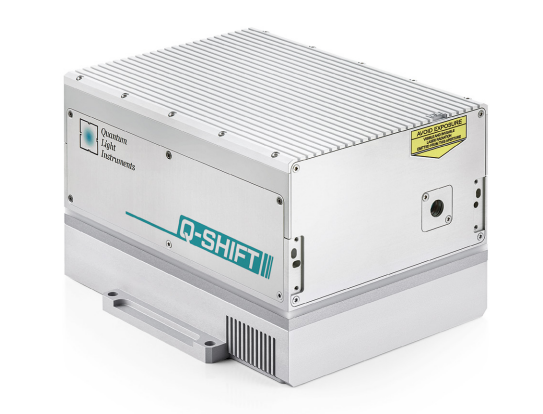
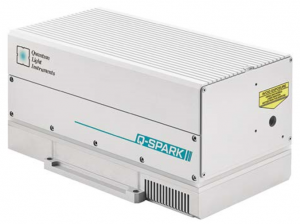
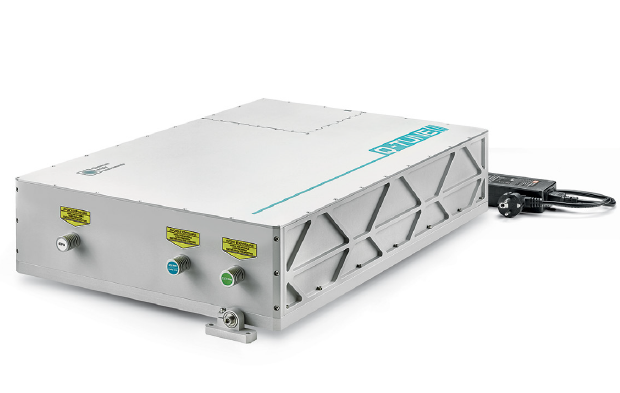
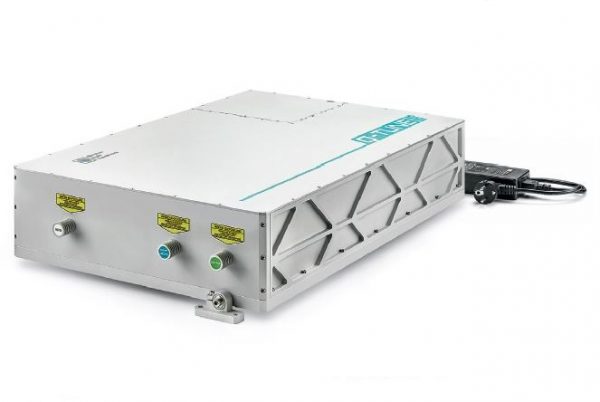 The Q-TUNE-IR series is the perfect high peak power, coherent DPSS light source for researchers with infrared spectroscopy applications. This series uses an Optical Parametric Oscillator (OPO) to produce a tunable wavelength of 1380–4500nm (<10 cm-1 linewidth), achieving > 15mJ of pulse energy at the peak of the tuning curve. The Q-TUNE-IR requires little maintenance, with all laser electronics integrated into the housing, including an air-cooling system, eliminating the need for chillers or large power supplies while providing a guaranteed > 2 G shot pump diode lifetime.
The Q-TUNE-IR series is the perfect high peak power, coherent DPSS light source for researchers with infrared spectroscopy applications. This series uses an Optical Parametric Oscillator (OPO) to produce a tunable wavelength of 1380–4500nm (<10 cm-1 linewidth), achieving > 15mJ of pulse energy at the peak of the tuning curve. The Q-TUNE-IR requires little maintenance, with all laser electronics integrated into the housing, including an air-cooling system, eliminating the need for chillers or large power supplies while providing a guaranteed > 2 G shot pump diode lifetime.